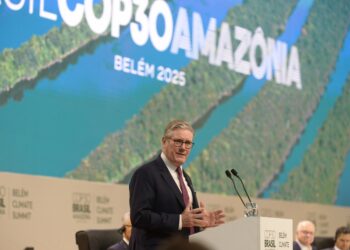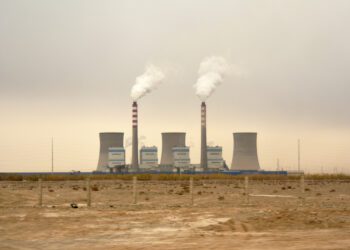Organizations must design a framework that will support both their ESG ambitions and reporting.
Guidelines for ESG reporting have been around for many years, but the topic is of growing importance as the standards-setting boards are actively considering proposals.
The U.S. Securities and Exchange Commission is seeking comment on how to set climate change disclosures that provide consistent, comparable and reliable information.
The current broad guidelines allow for interpretation and differentiated needs, giving organizations opportunities to design their own technology framework to meet their initiatives. Some clients struggle with how to design this technology if they’re too focused on the analytics angle on the front end without defining the strategy, governance and architecture to get the results they need.
What do you measure first?
When designing a system to support ESG initiatives that are aligned with overall corporate goals, one of the early questions is deciding what ESG issues are the most relevant and material for their business. Those would be the best candidates to design approaches to measure. Those prioritized ESG topics will vary by industry and sector. Metrics measured should satisfy the needs of consumers, executive leadership, governing bodies, investors and regulators.
In general, organizations want to build a framework that accounts for:
- Climate considerations (greenhouse gas emissions and water resources)
- Social criteria (human capital management, health and safety performance, and vendor relationships)
- Governance (anti-corruption measures, tax transparency and decision-making)
Some of the raw data that can serve as inputs to these measurements could be available internally, including Scope 1 and Scope 2 emissions data; diversity, equity and inclusion demographics; and reports on ethics and bylaws. External data to collect includes Scope 3 emissions, product lifecycle reports, and DEI and social governance of suppliers and vendors. Collecting data from outside the organization requires a different strategy, as third parties may choose not to share data, especially if it presents them with a heavy administrative burden. When designing an architecture, CIOs and their teams must consider the role of technology in solving the data challenge and the extent to which these processes can be automated.
An effective ESG data governance strategy should address how to standardize data and how to put internal disclosure controls and procedures in place so that the data is traceable, immutable and unalterable. It allows for trust in the information we are going to be reporting against. Blockchain creates a transparent, encrypted and secure record that companies have recently begun to use for ESG business relationships, including tracking ESG metrics, according to the SASB framework; reporting about accidents or environmental incidents; and tracking employee data without putting it at risk. Blockchain enables automation and exchange of records, such as green energy certificates, tracking carbon emissions, sourcing sustainable supplies and tracing recycled materials.
Blockchain is not the only answer. Other companies have worked with providers to develop frameworks on platforms that create a structure for reporting. A typical program to map a supply chain would identify which information to collect, defining a methodology and performance indicators, deploying the tool to suppliers and then monitoring results. As they develop these information exchange platforms and structures, CIOs should also assess the analytics and reporting capabilities they have in place and which functionalities they will need to build for the future when preparing an environmental statement or other nonfinancial disclosure.
Click here for full report












